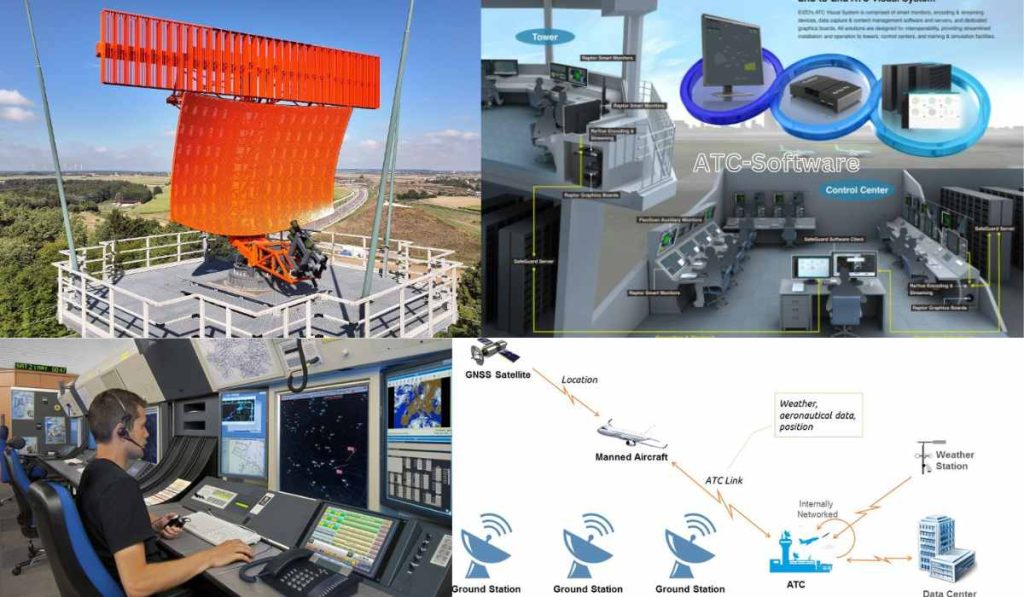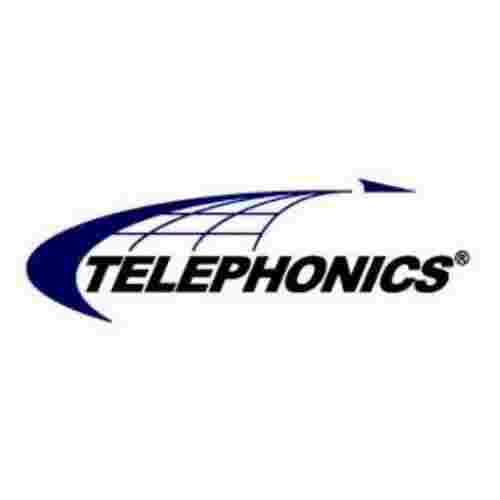Air Traffic Control Systems and Management (ATC) in Germany (2024)
Germany, a nation synonymous with innovation and engineering prowess, takes immense pride in its efficient and safe airspace. But what keeps the skies above this bustling nation organized and chaos-free? The answer lies in a complex yet fascinating network: Air Traffic Control Systems and Management (ATC) in Germany. In 2024, this system is undergoing a period of exciting transformation, embracing cutting-edge technology to ensure smooth air traffic flow, enhanced safety, and a sustainable future for aviation.

Essential ATC Systems
Imagine an orchestra conductor meticulously coordinating a vast array of instruments. ATC systems function similarly, using a range of technological marvels to maintain airspace harmony. Here’s a glimpse into the key components:
- Air Traffic Management (ATM) Systems: These are the brains of the operation, processing vast amounts of real-time data on flight paths, weather conditions, and aircraft positions. They utilize complex algorithms to calculate optimal routes, ensuring efficient use of airspace and minimizing delays.
- ATC Radar: The watchful eyes of the sky, ATC radars paint a picture of air traffic by emitting radio waves and interpreting the reflected signals. This allows controllers to visualize aircraft locations and movements, ensuring safe separation between them.
- Voice Communication Switching Systems: Imagine a high-tech switchboard connecting pilots and controllers. These systems facilitate clear and efficient communication, allowing controllers to issue instructions, receive updates, and coordinate traffic flow. Modern systems incorporate digital technologies for enhanced clarity and reliability.
- Air Traffic Control Simulators: Before stepping into the high-pressure environment of a real control tower, aspiring Air Traffic Controllers (ATCs) hone their skills on sophisticated simulators. These replicate real-world scenarios, allowing trainees to develop the split-second decision-making abilities crucial for safe and efficient traffic management.
- ATC Displays: The control tower isn’t just about windows and radios. Today, controllers have access to advanced display systems that provide a wealth of information. These displays integrate radar data, flight plans, weather information, and potential conflict alerts, all presented in an intuitive and user-friendly format.
The Future of ATC
The world of ATC is embracing automation to further enhance efficiency and safety. Here are some advancements transforming the German airspace:
- Air Traffic Control Automation: Imagine systems capable of assisting controllers with routine tasks like issuing clearances for routine maneuvers. This frees up valuable mental space for controllers to focus on complex situations and potential conflicts.
- Digital ATC: Paper flight strips are becoming a relic of the past. Digital ATC systems leverage electronic flight plans and real-time data exchange, streamlining communication and reducing the risk of human error.
- Trajectory-Based Operations (TBO): This revolutionary concept focuses on predicting flight paths from takeoff to landing, allowing for more efficient airspace utilization and reduced fuel consumption. This contributes to a more sustainable aviation industry.
Soaring High German ATC in Action
Germany boasts a robust ATC infrastructure overseen by the Deutsche Flugsicherung GmbH (DFS), the country’s air navigation service provider. The DFS works tirelessly to ensure the smooth flow of air traffic, prioritizing the following:
- Air Traffic Safety: Safety is the paramount concern in ATC. German systems and procedures are meticulously designed to maintain the highest possible safety standards for passengers and crew.
- Air Traffic Flow: With a growing air travel industry, efficient traffic management is crucial. German ATC utilizes advanced technologies to optimize flight paths, minimizing delays and congestion.
- Air Space Management: Germany’s airspace is a shared resource, accommodating both civil and military traffic. Civil-Military ATM Integration (CMI) ensures seamless coordination between these sectors, maximizing airspace utilization.
- Air Traffic Flow Management (ATFM): Proactive measures are key to preventing congestion. ATFM allows for strategic planning and flow control, ensuring a smooth and efficient flow of air traffic.
- Airport Collaborative Decision Making (A-CDM): Collaboration is key. A-CDM fosters information sharing between airlines, airports, and air traffic control, leading to improved ground operations and on-time departures.
Keeping German Skies Clear
While German ATC is a global leader, there are challenges to navigate:
- Air Traffic Congestion (Germany): As air travel continues to grow, so does the potential for congestion. Continued investment in infrastructure and technological advancements is crucial to maintain optimal traffic flow.
- Air Traffic Controller Training (Germany): ATCs are the backbone of the system. Ensuring a robust pipeline of well-trained and qualified controllers is critical for the smooth operation of German ATC.
Get a Quote from Top 12 Global Leader Air Traffic Control Systems Manufacturers
FAQs
What are some of the latest technologies used in German ATC?
In 2024, German ATC is embracing advancements like digital ATC systems, Trajectory-Based Operations (TBO) for efficient flight paths, and automation to assist controllers with routine tasks.
Who is responsible for managing air traffic in Germany?
The Deutsche Flugsicherung GmbH (DFS) acts as Germany’s air navigation service provider, overseeing the entire ATC system and prioritizing safety, traffic flow, and airspace management.
What are some of the challenges facing German ATC?
While a global leader, German ATC is constantly adapting to address air traffic congestion as air travel grows. Additionally, ensuring a steady stream of well-trained air traffic controllers remains crucial.











